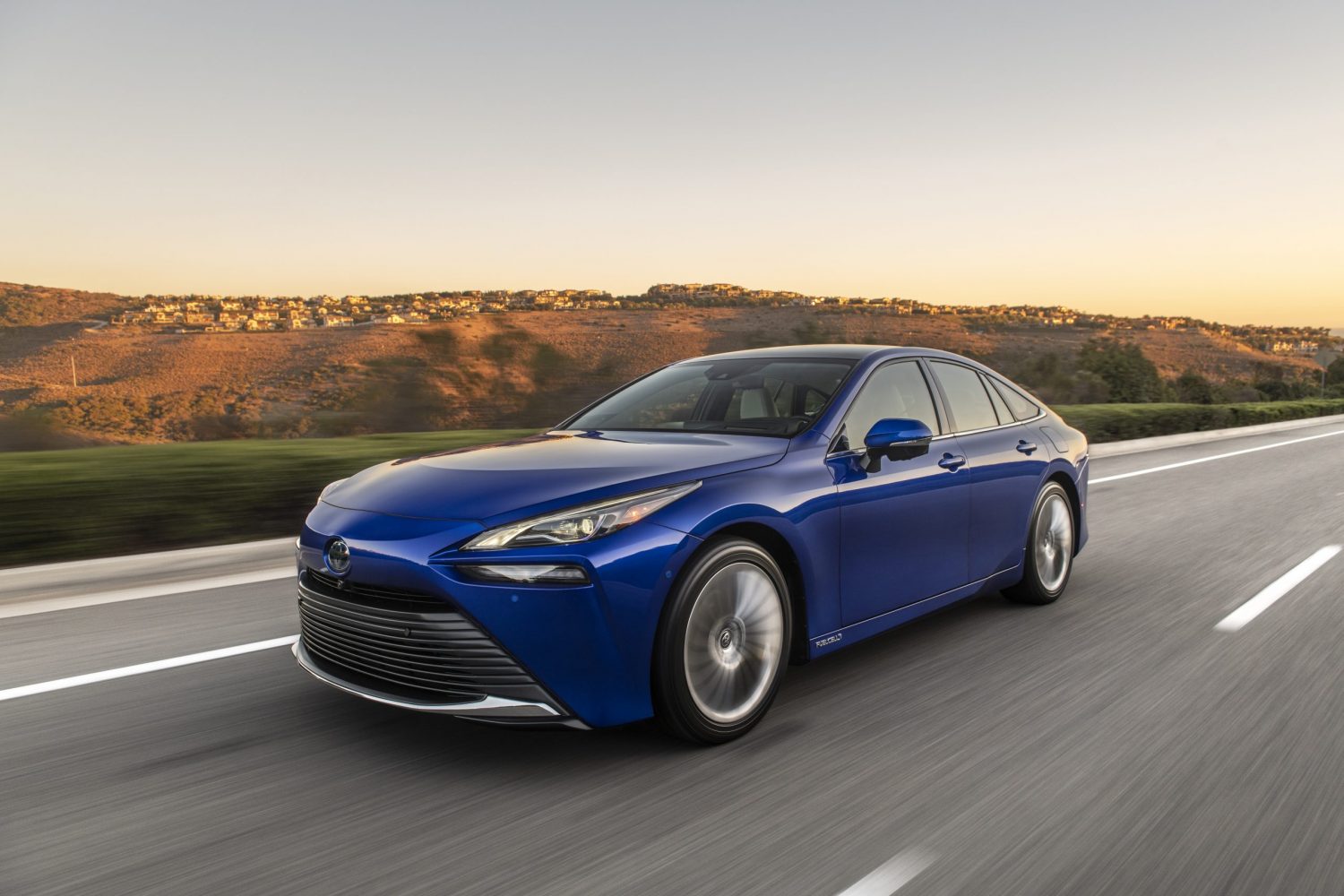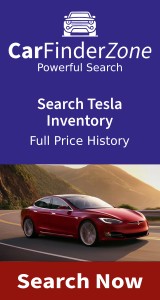End of the Road:
Shell Closes Down Hydrogen Stations in
California
For owners of Toyota Mirai, Honda Clarity, and Hyundai Nexo Shell's Shutdown Forecasts a Rocky Road Ahead for Hydrogen Fuel Vehicles
February 10, 2024
Shell has announced the closure of nearly all of its hydrogen refueling stations for light-duty vehicles in California. This decision marks a stark pivot from the company's earlier ambitions in the hydrogen sector and underscores the myriad challenges facing the adoption of hydrogen fuel technology.
As of early 2024, Shell confirmed the permanent shutdown of its light-duty hydrogen station network in the state, leaving only one station in Torrance, a suburb of Los Angeles, operational. This remaining station is also under scrutiny as Shell explores divestment options, indicating a comprehensive retreat from the hydrogen refueling infrastructure for passenger cars.

This development follows Shell's September 2023 announcement, in which the company disclosed its decision to halt the planned expansion of its hydrogen refueling network across California. Initially, Shell had committed to building and operating 48 new light-duty hydrogen refueling stations, a project buoyed by a $40.6 million government grant back in 2020.
Shell's struggles in the hydrogen market are not isolated. The company had previously closed down its hydrogen stations in the UK, focusing instead on heavy-duty mobility and electric vehicle charging for decarbonizing light-duty vehicles. This strategy shift reflects a broader industry trend where companies are reevaluating the viability of hydrogen fuel for passenger cars amidst supply chain issues, high operational costs, and relatively low demand compared to electric vehicles.
The shuttering of Shell's hydrogen refueling stations represents a significant setback for hydrogen vehicle enthusiasts in California and dims the prospects for hydrogen as a sustainable alternative fuel in the state. Despite California's role as a pioneer with its relatively advanced hydrogen infrastructure, the market for hydrogen-powered vehicles is waning. In 2023, a total of 3,143 hydrogen cars were sold in the state, as reported by the California Energy Commission. This figure includes 2,902 Toyota Mirais and 241 Hyundai NEXOs, the only two hydrogen fuel cell models currently available in California. This sales volume constitutes less than 1% of the battery-electric vehicles sold in the same timeframe, highlighting the challenges facing the hydrogen vehicle market amidst the closure of critical infrastructure like Shell's stations.
The challenges faced by Shell and others in the hydrogen fuel market are manifold. Issues with hydrogen supply have been a significant hurdle, as noted with Shell's reference to "hydrogen supply complications" as a factor in its decision to close stations. This supply issue has been a persistent problem, affecting not just Shell but other operators in the state, leading to operational disruptions and reduced hours at many hydrogen refueling stations.
Furthermore, the high cost of hydrogen fuel, exacerbated by the expensive and complex infrastructure required for its production and distribution, has made it difficult for hydrogen to compete with electric vehicles. The economic uncertainty and the high upfront costs associated with building and operating hydrogen stations have deterred further investment in the sector.

As the future of hydrogen fuel-cell vehicles in the United States grows more uncertain, Shell's decision to exit the market for light-duty hydrogen vehicles in California could signal a broader industry shift. While hydrogen may still hold promise for heavy-duty transport and industrial applications, its role in the light-duty vehicle market is being reevaluated in light of the current economic and operational challenges.

